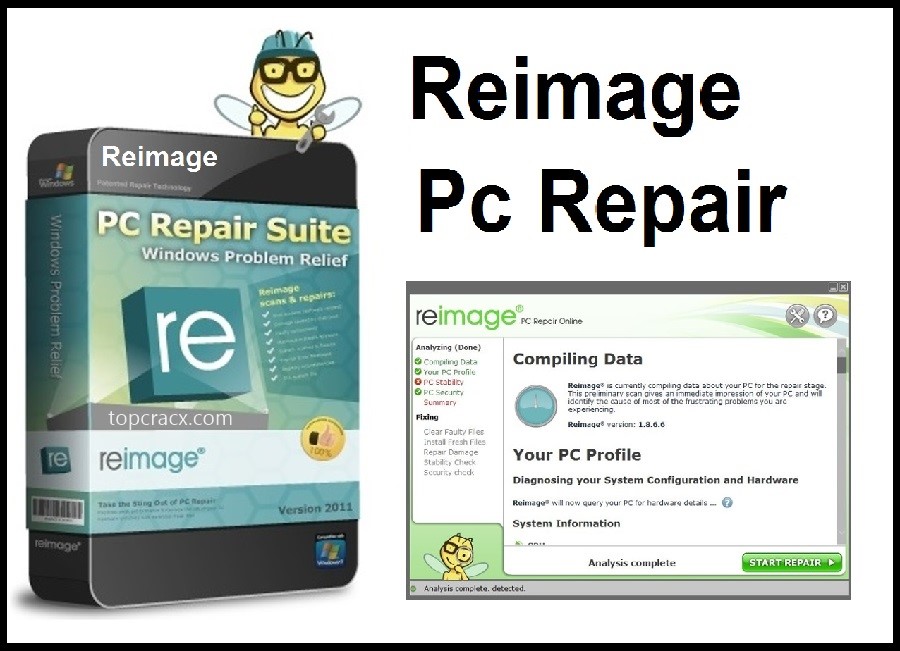

Some just longed to pivot to something more hands-on, prioritizing creativity for mental health.įor others, the impetus to find space when it became clear that offices weren’t opening back up anytime soon was as simple as “I need to get away from my dog, my spouse, my child or my fridge,” says Scannapieco. Photograph by Steve Boyleīok’s resilience illustrates a wider trend: When people lost jobs and were forced to stop and reflect on their lives, careers and goals, many decided they wanted to be more self-reliant. Textile artist Rachel Snack runs Weaver House, where she sells yarn and tools and recently began teaching classes again. Scout’s first project was a buzzy success in its three-week run - Films on Fridges involved setting up an outdoor cinema across from London’s 2012 Olympic Stadium. She founded Scout in 2011 as an urban design firm focusing on hard-to-use spaces. Raised in Fairmount, she went to college in California and eventually moved to Britain to study city design and social science at the London School of Economics. On our tour, Scannapieco, 35, guides me around with the unflappable ease of someone who not only knows the tenants, but knows all the secrets of this old building. In the nearly two years since we’ve been living with a global pandemic - a time of widespread uncertainty and general existential dread - the building has thrived and become more relevant than ever. It’s been true in the seven years since Scout took over the building, and it feels even more so now. “The building is a shell for amazing things to happen,” Scannapieco tells me. It feels like the Etsy homepage come to life. There’s a pair of sisters baking the city’s best brownies, the country’s foremost clarinet repairman, and a Francophile who combs Parisian flea markets to stock his shop with wearable treasures. Once populated by thousands of in-training car mechanics, welders and hairdressers, the 340,000-square-foot space houses a new class of hands-on makers: Tucked into former classrooms and workshops are weavers, ceramicists, florists, filmmakers, screen printers, painters and photographers. Haney is just one of more than 220 tenants operating in Bok, the hulking stone-and-brick building erected in 1936 as part of FDR’s Public Works Administration.

“They’ve made it feel bearable at times when we needed support the most.” Photograph by Steve Boyle “Coming to work at Bok, even when things were dark and uncertain, has been a saving grace thanks to the friends and relationships we’ve made here,” says Gery.

On the ground floor, Adam Gery of Two Persons slings coffee and French and vegan pastries from local bakeries. “You can’t even get your eyebrows touched by Kelly.” “She has a waiting list about a year long,” Scannapieco says as we breeze past the artist’s second space. Haney’s business has grown its footprint in the building since she started in 2018, from 500 square feet to 2,000. “Kelly started off sharing a space with her husband, who runs Forever Valentine Tattoo, down the hallway then she expanded to this room and then across the hallway,” explains Lindsey Scannapieco, managing partner of Scout, the development firm behind Bok, as she leads me on a tour. Historic regulations prohibit its removal, so Haney got creative, adding a bold black mural to the blank canvas. But it’s impossible to tell that inside Forever Valentine, where a spotless white drywall shell hides a chalkboard that’s been bolted to the wall probably since the Roosevelt era, back when the building opened as a vocational school. I’m in the Bok Building, in the heart of South Philly. As it is, I took a service elevator up five floors and walked down a somewhat drab terrazzo hallway, passing intermittent rows of vintage metal lockers. If I’d magically apparated here, I would assume I was in an edgy salon in Fishtown, or Brooklyn. The plush space is home to Forever Valentine Beauty, owned by Kelly Haney. On one side are neat shelves of scented candles and potted succulents, a black velvet couch, and a neon pink sign that reads, “All you need is brows.” On the other side, three women are fully reclined, having semi-permanent eyebrows painstakingly painted on their faces. I’m standing in a 1,200-square-foot room divided by a pink-wallpapered partition.


 0 kommentar(er)
0 kommentar(er)
